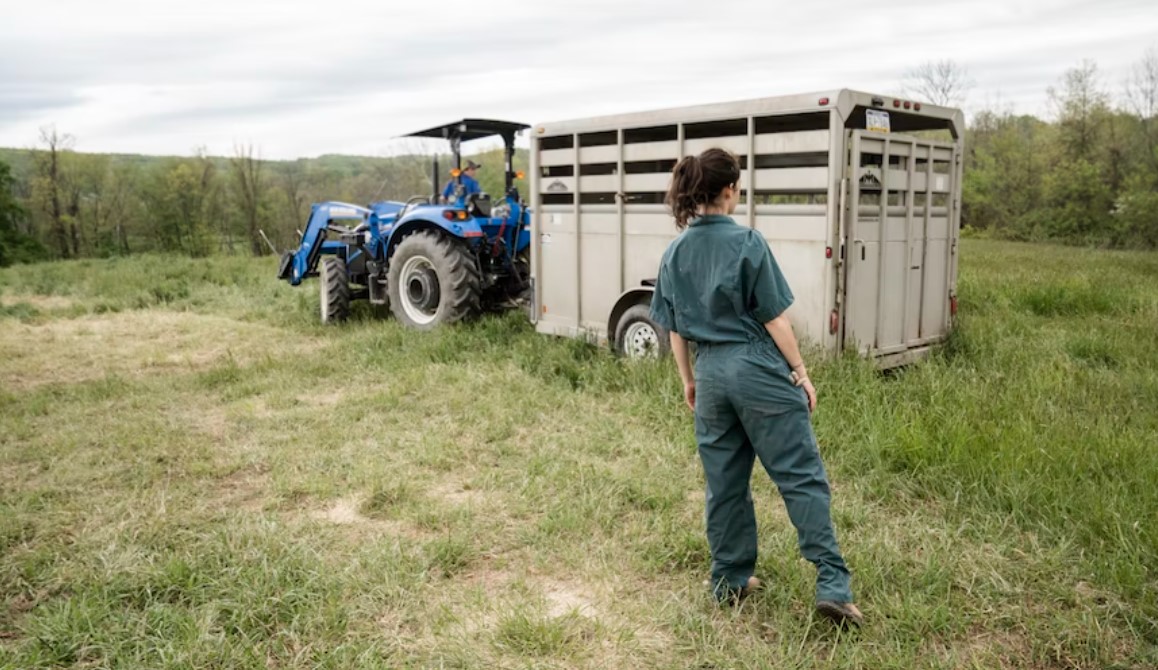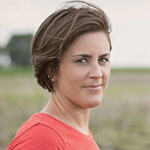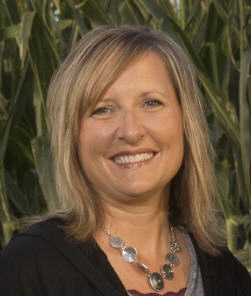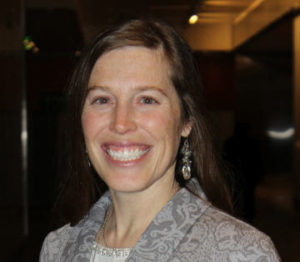
No two apples—even from the same farm—look exactly alike and no two farms operate exactly the same way. Differing sustainable farming practices are just a small part of the rich diversity in agriculture. Even when farmers are raising the same or similar crops, their global location, the condition of the land and the resources available to them call for a difference in approaches to growing. Find Our Common Ground is a website that gathers personal farming stories from women around the country. We’ve rounded up some of our favorite examples of sustainable farming practices.

Kellie Blair, Dayton, Iowa
“We use a combination of the following techniques to remain sustainable. Each of these practices help us produce quality crops and livestock while being more efficient,” Kellie wrote on the blog, Find Our Common Ground. Kellie practices cover cropping, reduced or no-till farming, precision technology and a more recently adopted practice

known as tile-water monitoring. Soil in the region where Kellie lives is frequently “dark and wet” as she describes it. To remove excess water that can drown the plants, plastic drainage known as tile is installed. Now, Kellie’s family takes regular samples of that excess water and keeps records of how much nitrogen and phosphorous is in the fields. (Nitrogen and phosphorous are great for plant growth, but not so much for human health.) This data informs any new ideas they plan to implement on the farm so that they can best estimate how not to increase the levels of these nutrients in a way that it could get into waterways.
Diane Karr, Blue Hill, Nebraska
Diane compared precision agriculture to cooking. Similar to how she checks online for new recipes and methods on how to improve old ones, precision agriculture helps her get field inputs just right. This means her farm, Blue Valley, uses “technologies like GPS, sensors and computer monitors” to avoid over planting seeds and over applying fertilizer and crop protection products, but rather in the exact places where those items will be the most beneficial. Precision agriculture has become so advanced that Diane can even check her smart phone to monitor rain levels, soil fertility and crop health all while she’s at her son’s baseball game.

Carla Schultz, Kingston, Michigan
Carla and her husband believe experimentation is the key to sustainability. Every year, their family dedicates plots of land to trying new things “to grow and build our farm for the future.” One strategy they’re always dedicated to testing and improving is the use of cover crops. During seasons where commercial or cash crops are not growing, exposed soil can be eroded and worn down by wind and rain. Carla’s family knows cover crops protect the soil by holding it in place, and reduce the growth of weeds. Eventually, when those crops die out they decompose and become organic matter that puts nutrients in the soil that will benefit the cash crops. It’s a win-win situation.

Dawn Scheier, Salem, South Dakota
When Dawn isn’t farming, she’s a horseback rider and long-distance biker. She thinks of her farm like her body. As she nourishes her body in order for it to perform to maximum capacity, she nourishes her land for it to give back to her and her family the way it has for generations. Dawn implements a form of soil protection known as a “shelter belt.” These rows of trees at the perimeter of her fields protect her farm soil from the powerfully strong South Dakota winds known to cause soil erosion. Additionally, Dawn participates in the U.S. Department of Agriculture’s National Resources Conservation Service and Conservation Reserve Programs which are dedicated to helping preserve America’s wetlands.


